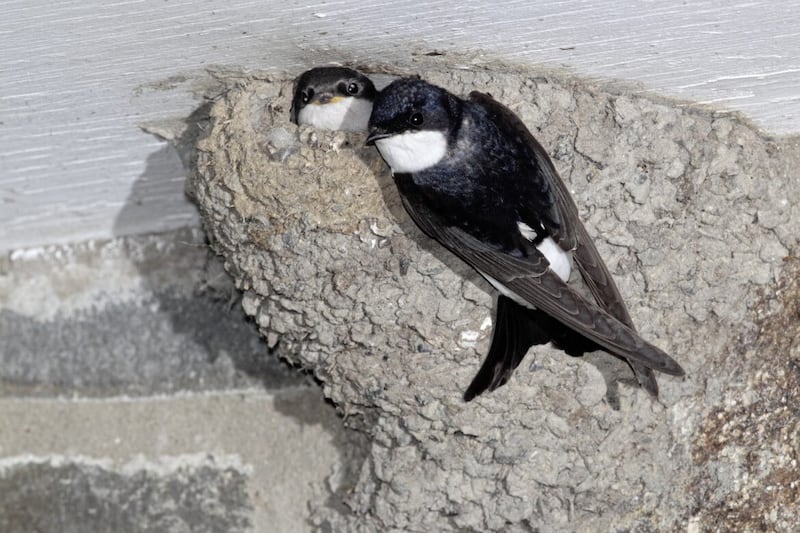ANY time I have gone to places where corncrakes are still nesting I have missed them, sometimes by just a matter of days.
On Tory Island a few years ago I was pointed towards a patch of overgrown grassland where they had been calling from just before my arrival and on another island, also off the coast of Donegal, someone pointed to a fence where one had been perched just a week earlier.
The sound of the corncrake – which are summer migrants from western Africa – was once familiar in the Irish countryside but intensive farming has meant that their nesting habitats are destroyed before their chicks can hatch or have time to fledge.
There are now only a handful still visiting in Ireland and they are one of our most endangered migrating species.
However, there are small signs of hope that a greater awareness may help them make a comeback.
Last week it was reported that two males had been recorded on Rathlin Island, off the Co Antrim coast, for the first time in 30 years. One of the males had been heard calling in one location on the island since 2016 but according to RSPB NI there is now a second one at a different site on the island this summer and they hope that one or both will attract females to breed.
?One of the sites is at Church Bay on land owned by an islander but managed by RSPB NI, whose staff and volunteers planted nettles to encourage the birds to return to Rathlin.
There is a growing movement, often small scale and grassroots, to nourish the habitats needed by our native and visiting species to nest and breed. It is not uncommon now to see corners and edges of fields left untouched to return at least some of our arable land to species such as hares and ground birds.
There is a long way to go before the sound of corncrake is as common as it once was in Ireland; however, the Rathlin project shows that there is still hope.
That said, there are other challenges as well as modern farming techniques.
According to an international study published last week in Nature Communications, climate change is occurring faster than some birds can adapt.
An international team of researchers evaluated more than 10,000 published scientific studies, and found that while animals are adjusting to climate change, these responses appear insufficient to cope with future rapid warming. The study focussed mainly on birds and included common European species such as the magpie, the great tit and European pied flycatcher.
Co-author of the study Dr Thomas Reed, a senior lecturer in zoology at University College Cork said: “These are common birds that were previously thought adaptable to climate change, so this is quite worrying.”
He said that in wildlife, the most commonly observed response to climate change is an alteration in the timing of biological events such as hibernation, reproduction or migration.
Changes in body size, body mass or other morphological traits have also been associated with climate change but – as confirmed by this study – show no systematic pattern.
“The findings are both good and bad,” Dr Reed said. “On the one hand, the data show that many species are changing in ways that increase survival and reproductive success. But on the other, the models show that this may not be enough for populations to stay in the game long term, because the rate of adaptive change is too slow.
"The fear is that the prognosis for species of conservation concern, for which we had little data, could be even worse”.







